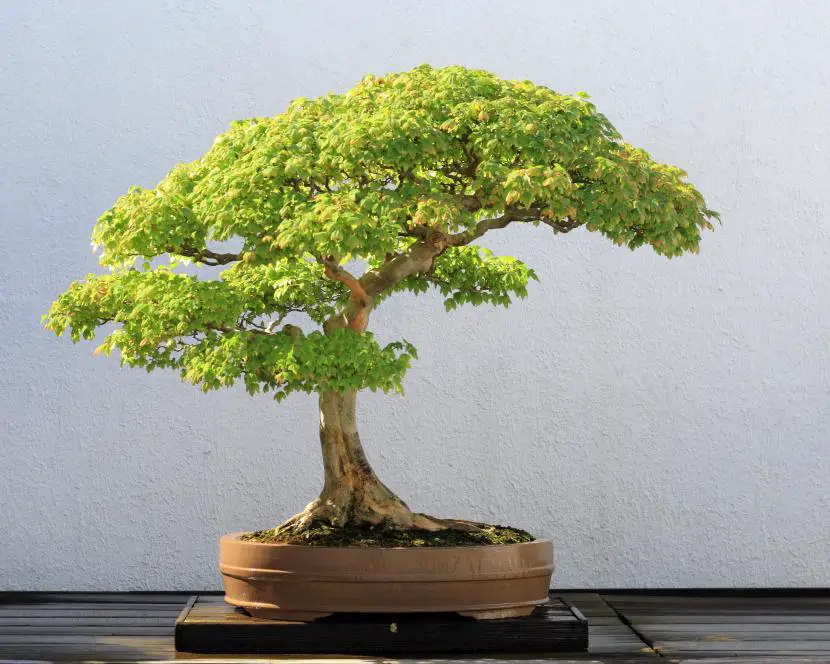

The irrigation It is undoubtedly one of the most important care we must provide to our plants and, at the same time, the one that is most difficult to “master”. And, if it is difficult to know when to water those that we have in conventional pots, all the more so to a bonsai, which is planted in a tray with very little substrate.
But as in everything in life, there is nothing like learning from the mistakes made so that, one day, at last, we have managed to control this delicate issue, and we know when to give our miniature trees a drink. In the meantime, I’m going to tell you how to avoid overwateringhow to detect that we have given it more water than necessary, and how we can solve it.
How to avoid overdoing it with watering


Depending on the substrate you have and, above all, where we have located it, we will have to water more or less times. For example, if we have it planted on a substrate with very good drainage (such as akadama, kiryuzuna or similar) and it is also exposed to the sun, outdoors, we will have to water it frequently, even more than once a day in the hottest summers. . On the contrary, if we have it in peat or mulch, the frequency of irrigation will be lesssince this is a substrate that maintains humidity for longer.
Taking this into account, to avoid excess watering it is important check humidity of the substrate. In the case that we have used porous materials (such as akadama, kiryuzuna, etc.), it will be enough if we dig a little until we reach the bottom. If we see that it is dry, we will water.
On the other hand, to know if our bonsai that is in peat needs water, we will proceed to insert a wooden stick to the bottom. If it comes out with a lot of adhering soil when it is extracted, it will not be necessary to water.
Signs that tell us that we have exceeded the water
When we over water a bonsai or a plant, it may happen that:
- leaves turn yellow, then brown before falling
- many flowers appear or those that have fall
- the roots suffocate (root suffocation)
- the growth rate of the plant slows down
- the plant dies in a few days or weeks
- the plant has pests
What can we do to solve it?


To fix it, the first thing we have to do is suspend irrigation. If we are in spring or autumn, we can proceed to extract the bonsai from the tray and change the substrate, but it is more advisable to remove it and wrap the root ball with kitchen napkins or similar.
Afterwards, we will plant it again in its tray and we will not water until the next day, adding a few universal fungicide drops (to combat and prevent fungi).
If all goes well, over the course of a few weeks the bonsai will again grow new leaves.
Good luck.

